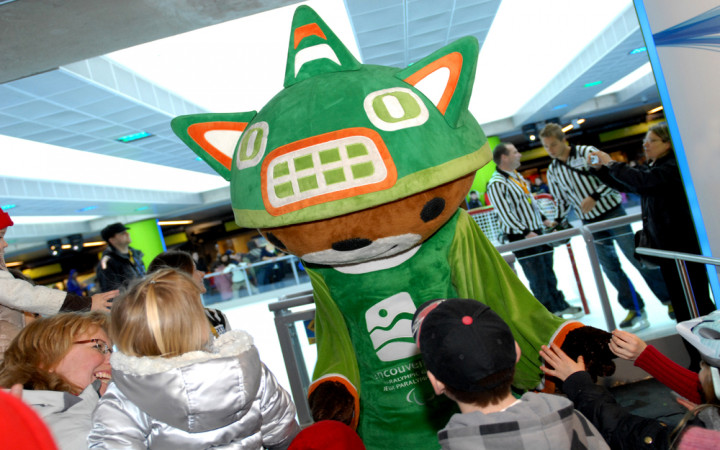If you've ever been to a high school, college, or professional sporting event, you've probably seen a mascot or two. If not in person, you've most likely seen them on television broadcasts of sporting events and commercials.
Mascots are those larger-than-life people, animals, or objects that schools, teams, and organizations adopt as symbolic figures. Mascots encourage crowds to cheer for their cause and often engage in all sorts of entertaining behavior.
Many people think mascots bring good luck. In fact, the word “mascot" is a French word that has been used for hundreds of years to describe something that brings luck to a household.
In addition to appearances at sporting events or large gatherings, mascots may also make public appearances to support a variety of causes. As goodwill ambassadors, mascots can donate time at community events to show an organization's support of local causes.
Mascots can be adopted by any group seeking a common public identity. In addition to sports teams and schools, these groups can include military units and even consumer products. Sports mascots are by far the most popular, though.
Mascots often reflect team nicknames. For example, the National Football League's Denver Broncos are represented by Miles, a white bronco horse.
However, mascots do not necessarily have anything to do with a team's nickname. For example, the National Basketball Association's Houston Rockets are not represented by a rocket. Instead, Clutch the Bear brings Rockets fans to their feet during games.
Some mascots are chosen for the qualities they possess. Sports teams seeking a competitive edge, for example, might choose a predatory animal, such as a buffalo or a tiger, to represent them.
Other organizations might choose a person, an inanimate object, or a costumed character to represent other qualities they want to be associated with.
Other organizations might create a mascot that's completely unique and pure fantasy. For example, Major League Baseball's Philadelphia Phillies created the Phillie Phanatic as their mascot.
From taunting referees to shooting hot dogs into the stands, the Phillie Phanatic has become one of the most popular mascots in the United States. Even if young Phillies fans don't remember the score of their first game, they'll probably remember the Phillie Phanatic's on-field antics.
Depending on the game, a mascot's entertainment value can be just as valuable as the team's performance.
Not all schools and sports teams have a mascot, though. Take Indiana University, for example. The Hoosiers, as they're known, do not have an official school mascot. Although various sports teams at the school have tried a mascot from time to time (the football team tried a bison a while back), nothing has stuck.
Perhaps this is because no one knows for sure what a “hoosier" is! There are many theories out there about where the nickname came from, but no one really knows the true story.
At least one plausible explanation is that it came from a mispronunciation of a Polish word — “huzar" or “husar" — which referred to light cavalry fighters like the ones who fought with George Washington during the Revolutionary War. So maybe the “Hoosiers" should adopt a mascot that has the fighting spirit of the cavalry. What do you think?




